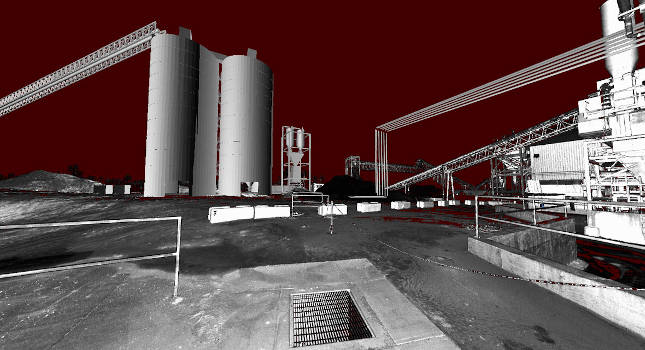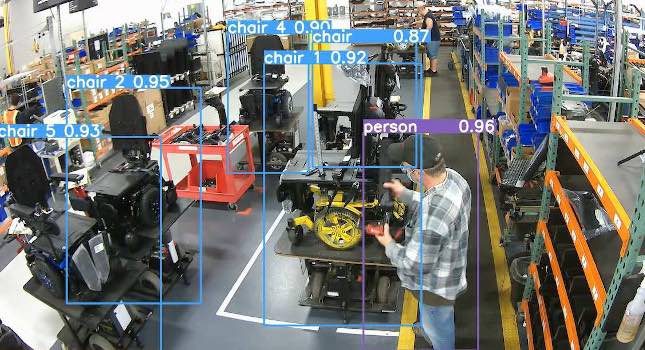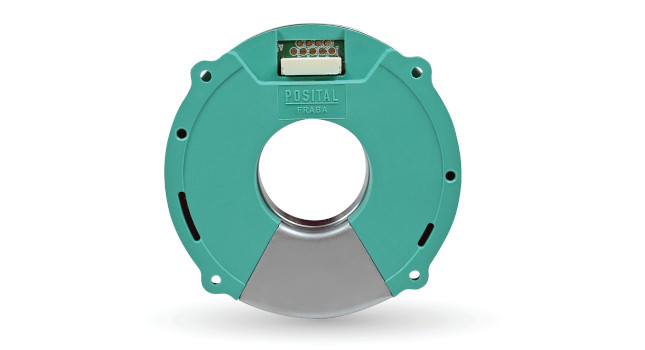Hydroforming processes have been established as efficient alternatives to conventional press forming for pressing – with the help of pressurized fluid – complex, single-component work pieces into shape. Correctly using a continuous forming process allows more finished product to be created from less raw material.
Hydroforming processes have been established as efficient alternatives to conventional press forming for pressing — with the help of pressurized fluid — complex, single-component work pieces into shape. Correctly using a continuous forming process allows more finished product to be created from less raw material.
High-pressure forming can produce smaller and lighter components when compared to other manufacturing processes, and it features greater mechanical stability. However, a wide array of safety precautions must be followed when using hydroforming technology.
Existing safety standards
In several western regions, safety standards describe how to achieve safe control for hydraulic presses. For example, ANSI B11.2 Hydraulic Power Presses — Safety Requirements for Construction, Care and Use is the standard used in the U.S. Canada cites Z142-02 Code for Power Press Operation: Health, Safety and Guarding Requirements, and EN 693 Safety — Hydraulic Presses is used in Europe.
All of these standards have the same basic requirements for safe press control. While the ANSI standard only scratches the surface, the Canadian and European standards go more in depth. The Canadian standard was largely influenced by the European standards, which have more demanding requirements, and the European safety standards are more accepted worldwide as customary engineering practices as they comply with a broader range of regulations. The goal of all three standards is to avoid a dangerous closure of the press due to a fault.
All of the standards assume that the probability of two components failing from independent causes during a press cycle is very small. If a safety controller detects a single failure, the press slide will stop and a new cycle cannot begin. The probability that a second independent failure would occur after the press is stopped, allowing the press to stroke again before the first failure is detected, is also very low.
Standard EN 693 strives to accomplish a level of security within hydraulic controls. Some requirements include:
-
A minimum of two independently controlled components, arranged in series (redundancy)
-
When the components are in their neutral position, pressure must not be allowed to build up in the cylinder piston area, or the pressure in the annulus area (for a down-acting press) must not be allowed to decay
-
Control valve spool positions must be monitored with limit switches — or similar devices — for critical function valves
-
After each cycle, a safety control must determine whether the “safe” neutral positions were achieved; if not, a new cycle start must be prevented
-
Protection against pressure intensification in the annulus side of the cylinder must be designed into the circuit.
-
When a drop in pressure could lead to an unintended motion of the ram, rigid pipe and appropriate connections should be used in place of hoses. In Europe, even banjo-type fittings are not allowed on critical press piping.
A safety control conforming to the standards is not required only in certain situations: forging and other press applications where the material cannot be manually handled; in applications where closing speed of the press is slower than 0.4 inches/second or the stroke of the ram is less than 0.24 inches; or in machines running in automatic mode within closed working areas, although a safety control may still be required for maintenance and machine setup.
Characteristics of a safe hydraulic circuit
Many suppliers offer a variety of standardized press controls meeting the requirements for safe hydraulic control. In addition to safety functions, some other press-specific functions are built-in. Within the hydraulic circuit depicted in Figure 1, valve 110 is a direction control valve equipped with limit switches. It is used to control the up and down press movement and acts as the first safety valve. Valve 120 is the second safety valve, while valve 730 is the pressure-intensification protection required by the safety standards.
The neutral position of valve 110 shuts off the pump, and the neutral position of valve 120 vents the bore side of the cylinder to the tank. The same valves are used to prevent a pressure drop in the annulus area of the cylinder. The connection from the annulus area of the cylinder to the tank is blocked by two valves. Pressure cannot build up in the bore area, nor can pressure decay in the annulus area of the cylinder unless both valves are activated. In the unlikely event that one of the two valves fails, the other will take over the safety function.
The bore side of the cylinder is still vented to the tank through port B to T of valve 120. Hence, there will be no pressure build-up. The annulus area of the cylinder is still blocked and pressure decay is avoided. In conformance with the safety standards, there will be no dangerous movement.
Although pump flow from P to A of valve 110 is possible, there will be no pressure build up in the bore side of the cylinder because the flow is vented to tank over valve 120. Again, the annulus area of the cylinder is still blocked and decay in pressure is avoided.
If the pump is blocked at the P port of valve 110, no pressure build-up will occur in the bore side of the cylinder. Although valve 120 allows a pressure build-up at the B port of valve 110, the annulus area of the cylinder is still blocked. Again, there is no uncontrolled movement of the press and the redundancy requirements are met.
Characteristics of a hydraulic safety valve
The safety standards have special requirements for the hydraulic valves used in the press safety circuit. Hydraulic valves should feature a safe design that contains adequate spool overlap, is spring-centered and has durable springs. The pressure-intensification protection valve should be directly operated and sealed and locked against unauthorized adjustment. If a break in the spring of either valve occurs, the space between the spring windings should be less than one wire thickness to prevent “winding” of the spring, which would drastically affect operation. The directional valves are equipped with a limit switch that indicates the actual position of the valve spool.
The switch is typically an inductive type with two switched outputs. Before the final monitored position is reached, one output goes high and the other low, or vice versa. This means that one switching output is open (N/O); the other is closed (N/C).
Proportional valves are often used to meter the oil flow in the system, allowing cylinder speeds to vary and acceleration and deceleration to be controlled. Proportional valves can be equipped with internal feedback for the actual spool position to achieve high accuracy. This position feedback is also used for monitoring in press safety systems. The spool monitoring is integrated into the valve’s onboard electronics. In order to get a redundant signal, three electrical signals are used.
How are the signals used?
The press must be equipped with a safety control or safety relays to implement proper press safety. Each limit switch or the onboard electronics of a proportional valve’s position feedback must be hardwired to the control. A fault detected by the safety control must immediately stop the press and prevent a new cycle until the problem is fixed. All safety valves should be switched off.
Safe hydraulics can be achieved. Although more costly than a conventional hydraulic circuit, when considering the liability involved with personal health and safety, a safe hydraulic circuit is a worthwhile investment.
Author Information Johannes Schunder is senior application engineer working in the press group for the industrial hydraulics division of Bosch Rexroth Corp. in Bethlehem, PA.



